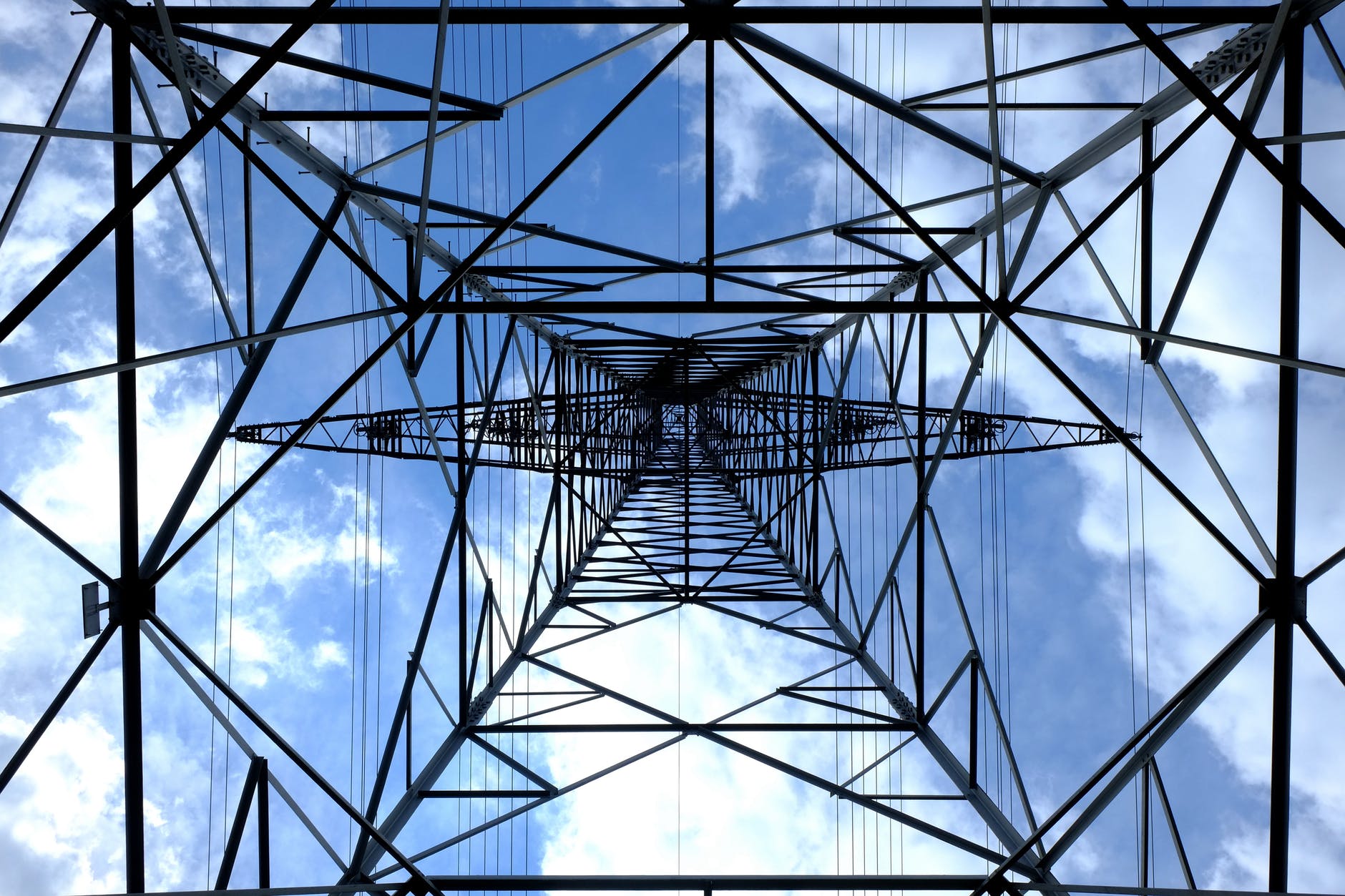
Insulation materials for high voltage applications
The right insulation material plays an important role in many applications – ensuring protection for the equipment and the operators from high temperatures and high voltages.
In this post, we take a look at some common applications of high voltages, associated risks, and how insulation is used to mitigate them.
Electrical power distribution and transmission
Probably the most common use of high voltages is throughout the supply process of electrical power – from its generation in a power plant (be that hydro-electric, nuclear or coal) through to the transmission and distribution grid. In the England and Wales, the National Grid transmits electricity is transmitted at 275,000 and 400,000, which is then lowered by step-down transformers in substations to 230V for delivery to end-users. As voltage is difference in the electrical potential between two points, high voltages are needed to carry high levels of electrical potential and power over large distances, such as in a power grid.
X-rays
The x-ray units used in medical applications require high voltage generators – x-rays are produced when high-energy charged particles strike a material. High voltages accelerate electrons from a cathode at high velocity, focusing them into a narrow beam, and then striking an anode that emits an x-ray. The effective voltage reached by a charged particle across a straight line is referred to as acceleration voltage or accelerating potential. Diagnostic x-rays such as mammograms or CT scans have an accelerating potential of around 26-140kV. Baggage scanners have an accelerating potential of up to 160kV.
Issues and risks associated with high voltages
High voltage electricity is obviously important in carrying out activities which make our daily life possible. But generating and distributing power of that capacity has significant risks.
Safety
A fairly obvious potential issue around using and working with high voltages is safety. The general hazards of working with electricity, such as shock, burns, fire and arc or explosion, are not only present, but greatly magnified. The most significant risk is that high voltages can arc or “jump” across fairly large distances of around 1kV per cm (i.e. 25kV can jump 25cm). Accidental contact can result in serious injury or death – either as a result of a person’s body acting as a path for current flow, causing internal tissue damage and heart failure, but also in the form of burns from the arc that’s generated. The risk to equipment is that a short circuit or an unintentional application of power can lead to fire or explosion – posing an additional safety risk.
Stability and reliability
Voltage stability (also known as “load stability”) is a significant consideration in high voltage systems. It refers to the system’s ability to remain in a state of “equilibrium” at normal operating conditions in order to maintain a consistent flow of voltage throughout the system. Keeping the voltage steady is vital to providing a reliable supply of electricity, as well as protecting the equipment. A deviation of just 5% above or below the “normal” voltage can lead to accelerated wear and tear on the equipment. It’s also important to maintain a consistent frequency in the system. Multiple frequencies cannot operate simultaneously without damaging the equipment.
Insulation for high voltages
To address the issues identified, electrical systems working with high voltages need
specialised insulation to ensure they operate in a safe, stable and reliable way that maximises their useful life. These materials are commonly used in the components, resistors and capacitors in high voltage systems, ensuring the safe transmission of high voltage electricity, as well protecting the system from distorted frequencies which can lead to instability.
Although many different types of insulation material are used in high voltage applications, a strong contender and commonly used material is mica – and we’ll explore why now.
Mica high voltage insulation and its properties
Mica is a mineral with superior electrical, as well as thermal, properties. Mica has a dielectric strength of around 118MV/m, much higher in comparison to other commonly used materials such as silicon, which has a dielectric strength of 20MV/m, and polytetrafluoroethylene (PTFE, most commonly known as Teflon), which has a dielectric strength of 60MV/m. It has other superior electrical properties such as its resistivity and low dielectric loss tangent (or electrical dissipation factor) – which you find out about in more detail in our whitepaper.
Elmelin work closely with the power electronics industry as well as in other applications such as automotive and manufacturing to develop bespoke, high voltage mica-based insulation that helps to improve stability and safety. Get in touch to find out more.
